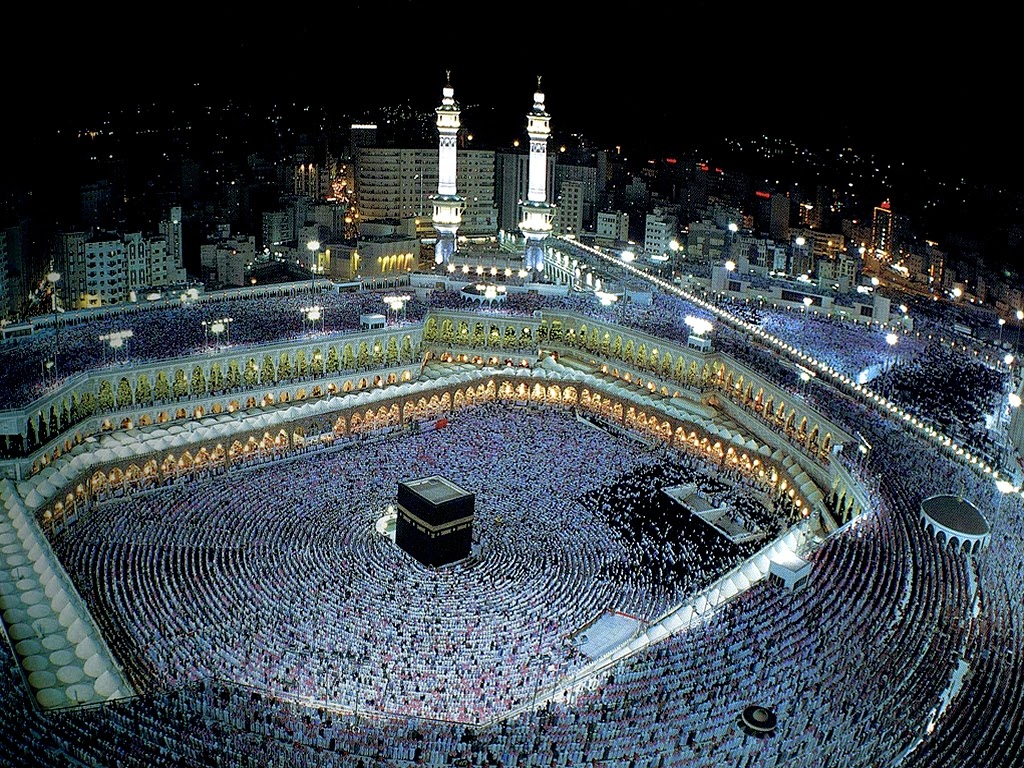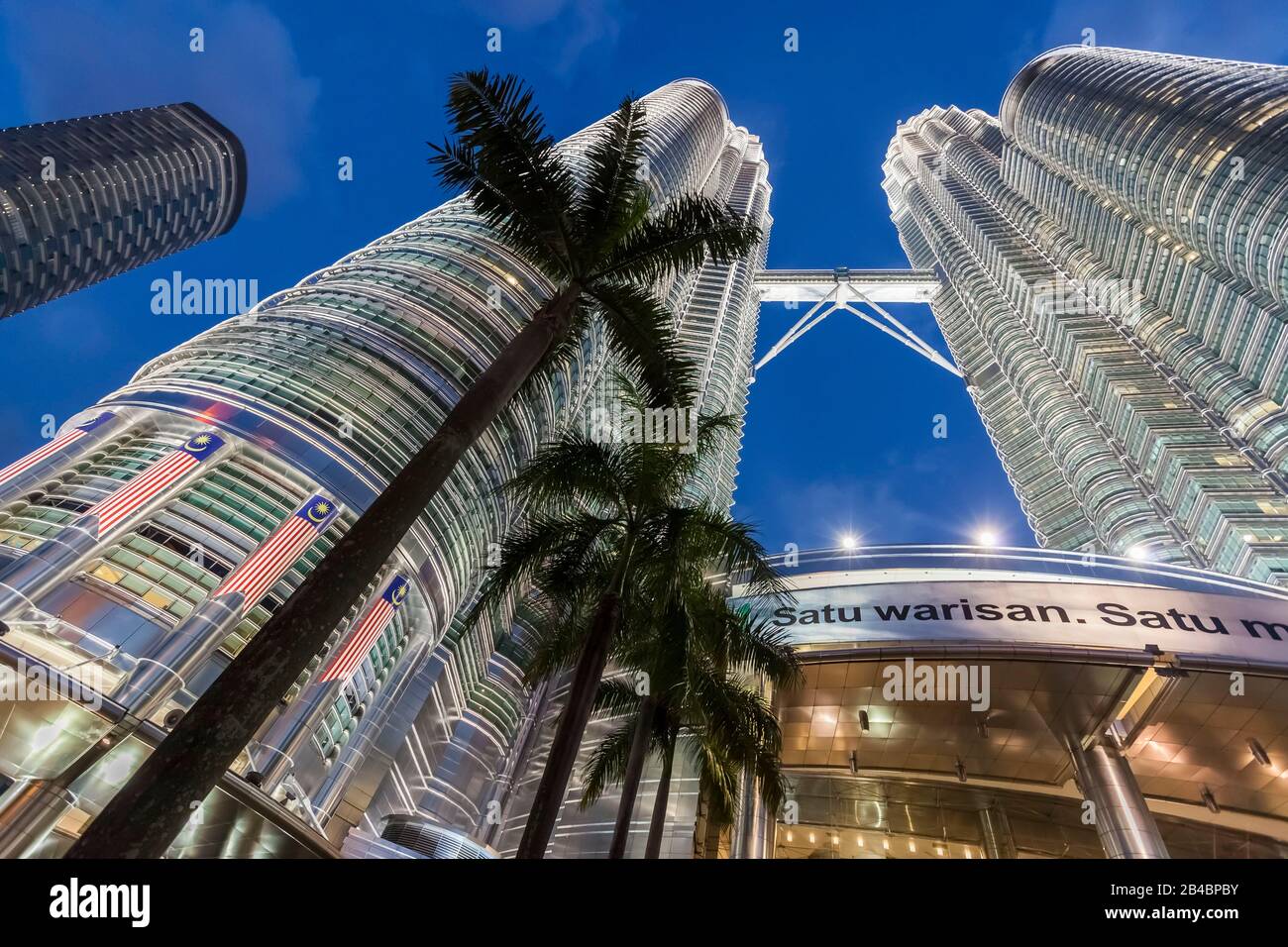The Grand Mosque of Makkah
The Grand Mosque of Makkah, also known as the Masjid al-Haram, is one of the largest mosques in the world. It surrounds Islam’s most sacred place, the Kaaba, and can accommodate up to two million worshippers during the Hajj pilgrimage. In addition to the central prayer hall, the Grand Mosque features numerous courtyards, walkways, and small chapels. It also has over 1,500 columns, dozens of restrooms, ablution areas, and many elevators to help pilgrims move between floors. The central area housing the Holy Kaaba is known as the Al-Hateem or Al-Hijr of Ismail. Constructed from gray granite stones, the Kaaba stands at 13.1 meters tall and has external dimensions of 10.99 x 12.86 meters. It does not have any windows, doors, electrical wiring, or supporting pillars from inside. The interior remains empty except for lamps hanging from the ceiling and ornate coverings along the walls. Every able Muslim aims to perform the Tawaf ritual by walking seven times counter-clockwise around the Kaaba.

Ongoing Expansion Works
To accommodate the ever-growing number of pilgrims, the authorities of the Grand Mosque have been continuously expanding and developing the infrastructure. In recent years, new sections have been added below ground level to provide more space. The basement levels now house washrooms, ablution areas, electrical systems, administrative offices, and parking lots. Several multistory towers and adjacent buildings have also been constructed to increase the overall capacity. This massive ongoing expansion project has helped preserve the sanctity of the site while ensuring the needs of millions of pilgrims are met each year.
The Prophet’s Mosque in Madinah
Located in the city of Madinah, the Prophet’s Mosque or Al-Masjid an-Nabawi holds immense religious significance as the site of Muhammad’s tomb. It was the second mosque built in Islam and the focal point for the Muslim community upon the Prophet’s migration from Makkah. Over the years, successive rulers have enlarged and developed the original structure, which now spans over an area of nearly 150,000 square meters.
The central features of the Prophet’s Mosque include the green-domed chamber housing Muhammad’s tomb, the Mimbar or pulpit from where he delivered sermons, and the green carpeted prayer hall. Historical relics like the rooms belonging to the Prophet and his family were demolished long ago to create more space for worshippers. A continuous effort is underway to maintain and beautify the vast complex using Persian carpets, ornate pillars, marble floors, and glittering chandeliers.
Serving Millions of Pilgrims All Year Round
Both the Grand Mosque of Makkah and Prophet’s Mosque of Madinah are always bustling with activity, even outside the Hajj season. On an average day, around 20 lakh worshippers frequent the Holy Mosques apart from the local residents. Advanced crowd management systems help coordinate the massive human traffic flawlessly. Over 50,000 staff including cleaners, guards, technicians, and paramedics work round the clock to maintain utmost hygiene, safety and service standards. State-of-the-art facilities like CCTV surveillance, wireless internet, multilingual electronic guide systems, rainwater harvesting systems and solar panels have been installed. An underground tunnel connects Makkah’s Grand Mosque directly to the nearby Haram Sharif elevated train station for smooth passenger movement. A fleet of electric buses transport pilgrims within the holy cities. Overall, the management and upkeep of Islam’s most sacred places present an unparalleled challenge that Saudi authorities strive hard to meet commendably.
A Destination for Spiritual Nourishment
Beyond their obvious religious role, the Two Holy Mosques in Makkah and Madinah have evolved into major spiritual, cultural and economic hubs. People from across the world visit to gain blessings, knowledge and peace of mind. A wide range of educational events, seminars, and conferences centered on Islamic heritage take place here regularly. Several universities, libraries, museums and research centers situated within the mosque premises enrich visitors through interactive digital displays about Islamic history and teachings. The unique ambience and positive energy have also made the Holy Mosques appealing medical tourism destinations. Clinical studies indicate reduced stress, blood pressure and heart rates in those who pray here. The year-round spiritual vibe and ease of services attract retirees, entrepreneurs and digital nomads who choose to reside nearby long-term. Thus, for nearly two billion Muslims worldwide, the Two Holy Mosques play a multifaceted role way beyond their primary religious function.
Future Enhancements to Accommodate Growth
With global Muslim population projected to grow rapidly, both the Grand Mosque and Prophet’s Mosque expect huge rises in visitor numbers going forward. The Saudi government’s Vision 2030 master plan allocates substantial funds for further upgrades over the next decade. Planned additions include new wings, multi-level prayer halls, restaurants, hotels, shaded plazas and expanded parking facilities. Cutting-edge environmental technologies will enhance user comfort while minimizing carbon footprint. live streaming of rituals and virtual tours aim to connect remotely with global devotees as well.
Through ambitious but sensitive development, the holy sites hope to preserve authenticity and spiritual quotient even as capacity scales new heights. Modernization goes hand in hand with stricter guidelines against un-Islamic behaviors inside. Overall, both mosques are poised for a bright future at the forefront of enriching faith-based experiences through architectural magnificence, innovative services and digital outreach. Pilgrims will continue receiving the ultimate solace within Islam’s most sacred precincts for generations to come.

 The Unique Status of Kuala Lumpur as a Federal Territory
The Unique Status of Kuala Lumpur as a Federal Territory